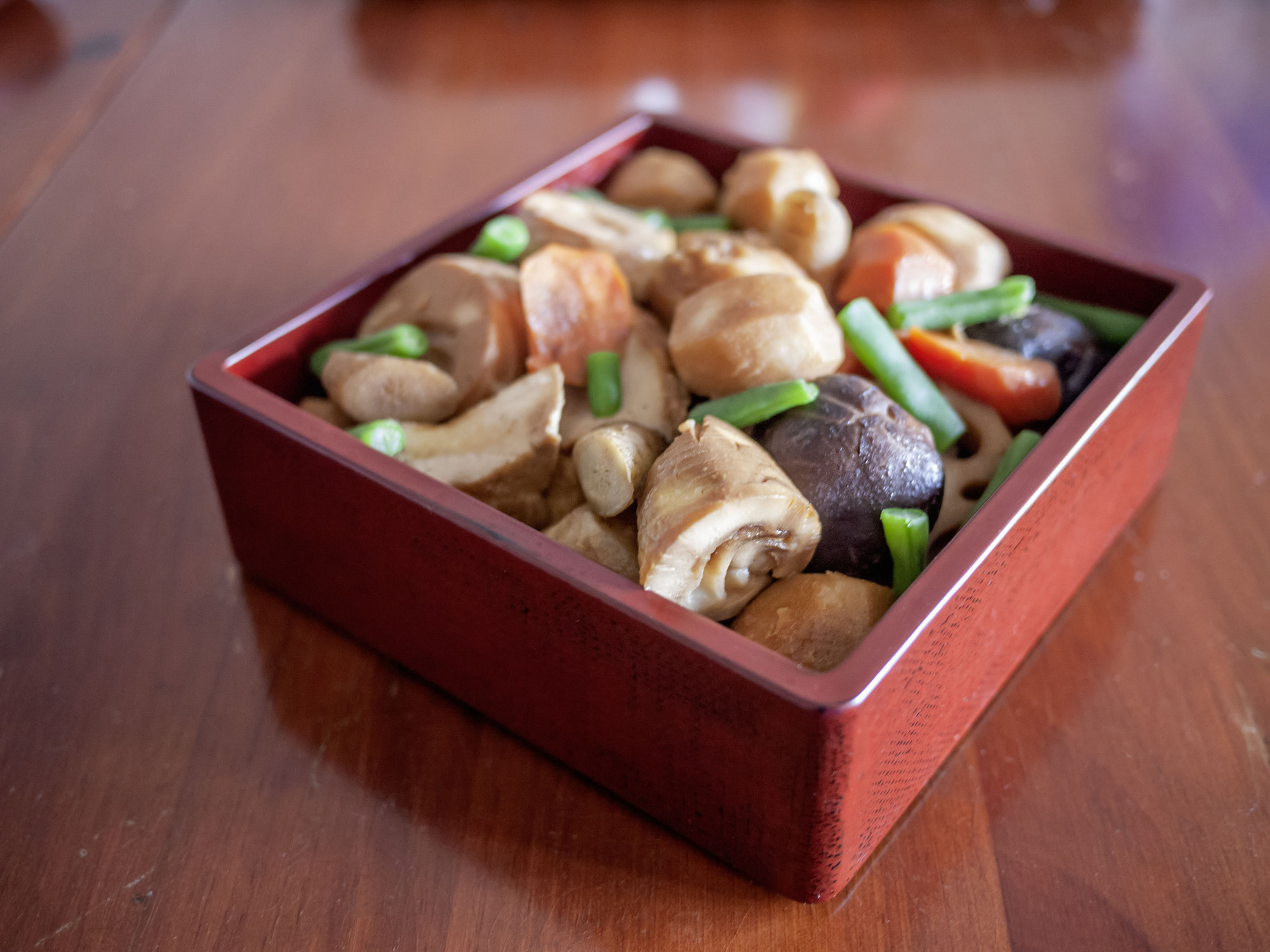Every year from October onward, the food halls of department stores, mail order catalogs, online shops and more are filled with colorful displays of osechi ryōri, New Year's feast food. This display of abundance may seem a deep-rooted Japanese tradition, but its history is not that old.
The word "osechi" originates from "osechiku," seasonal events that were celebrated several times throughout the year at the Imperial Court during the Heian Period (794-1185). These were times for feasting as well as making food offerings to the gods.
The use of the word to refer to the food served during the New Year period started in the mid-to-late 19th century, during the late Edo Period (1603-1868) and into the early Meiji Era (1868-1912). This is also when people other than the aristocracy and the very wealthy became able to afford the colorful array of foods we know as osechi today.



